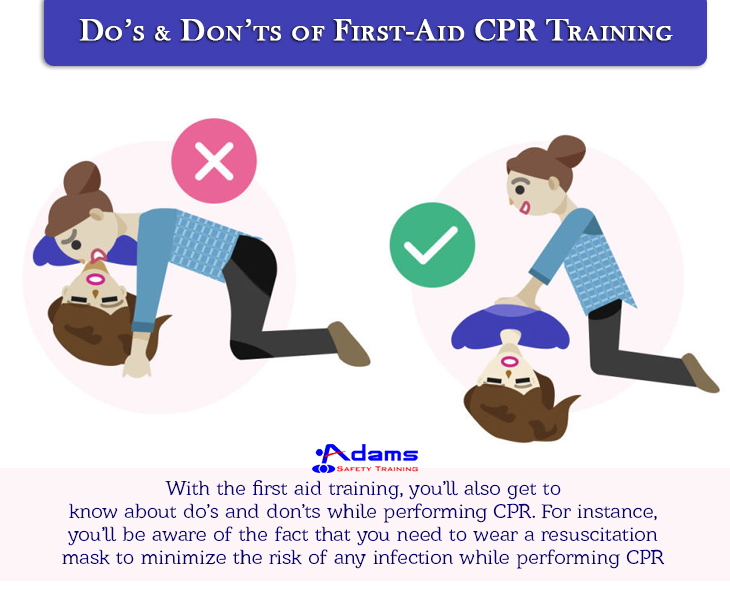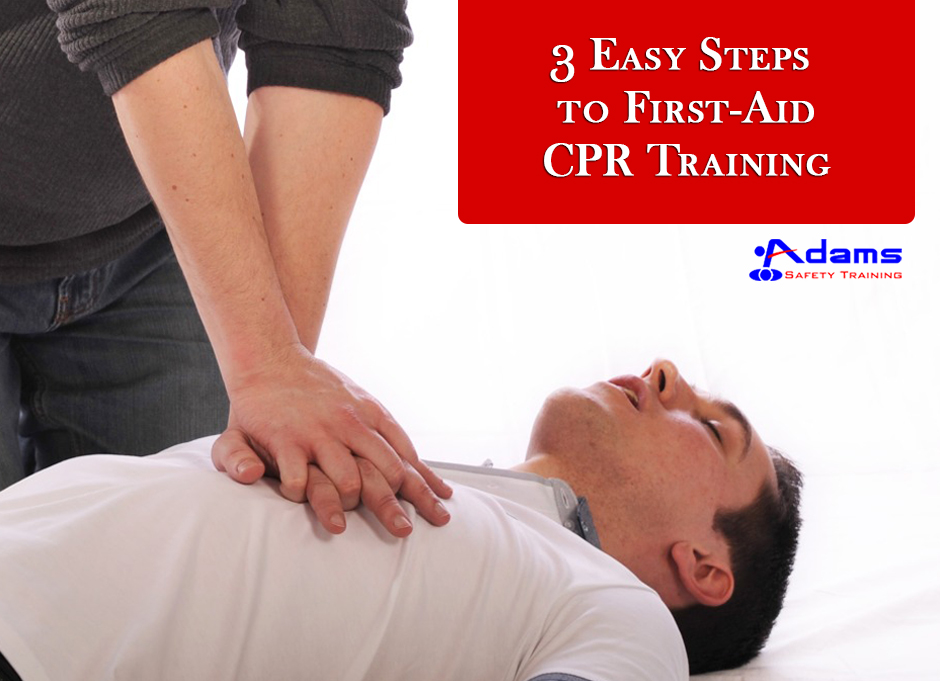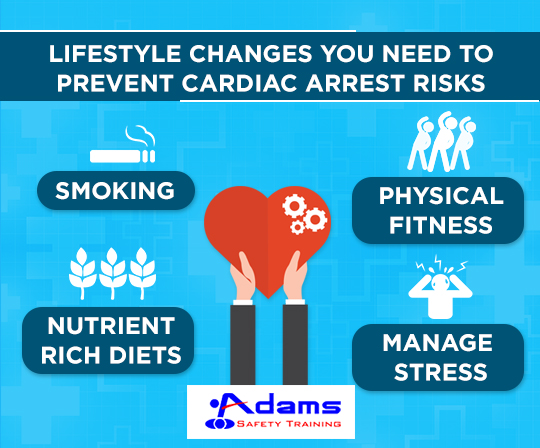Sound health is the biggest of the treasures. In order to prevent this treasure from depleting, you need to take a few preventions. By being a little cautious a lot can be saved. The given Infographic is easy to read and understand. It delineates the highly-conducive tips for prevention of injuries and illness.
You must be well-versed with the updated guidelines to take corrective action for any injury and illness. To take care of your own health you can take small but imperative steps. Some of the habits such as excessive smoking, drinking and use of tobacco products can damage your vital organs such as the liver. Quitting these habits is easier said than done, therefore, you need to maintain a moderate level for your alcoholic beverages and tobacco products’ consumption.
A proper and balanced diet can bring abatement in half of the health and illness issues. You can know a lot by reading and gathering information from the Internet about a well-balanced diet.
Exercising is a great way of building muscles, stamina and enhancing metabolism. Exercise should be done at least thrice a week.
Please go through the Infographic to know more about the tips to prevent illness and injuries.







